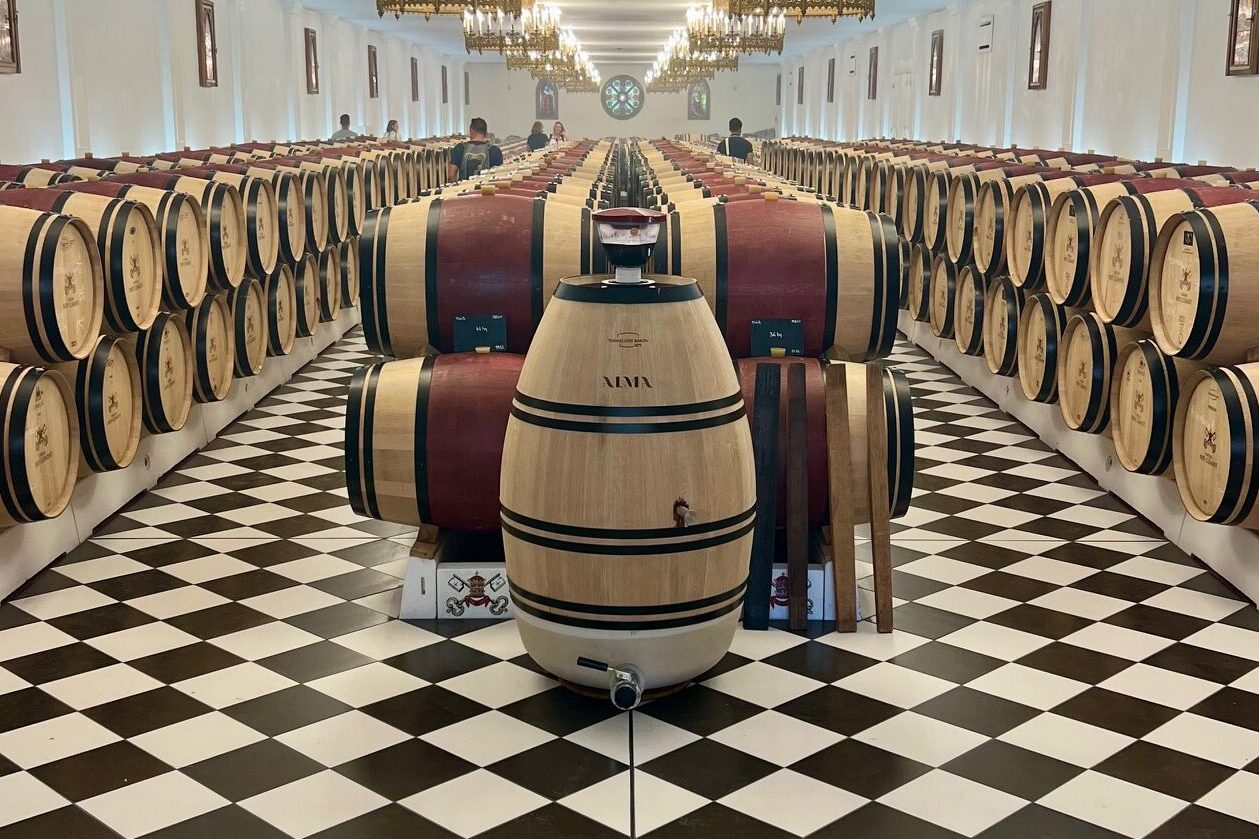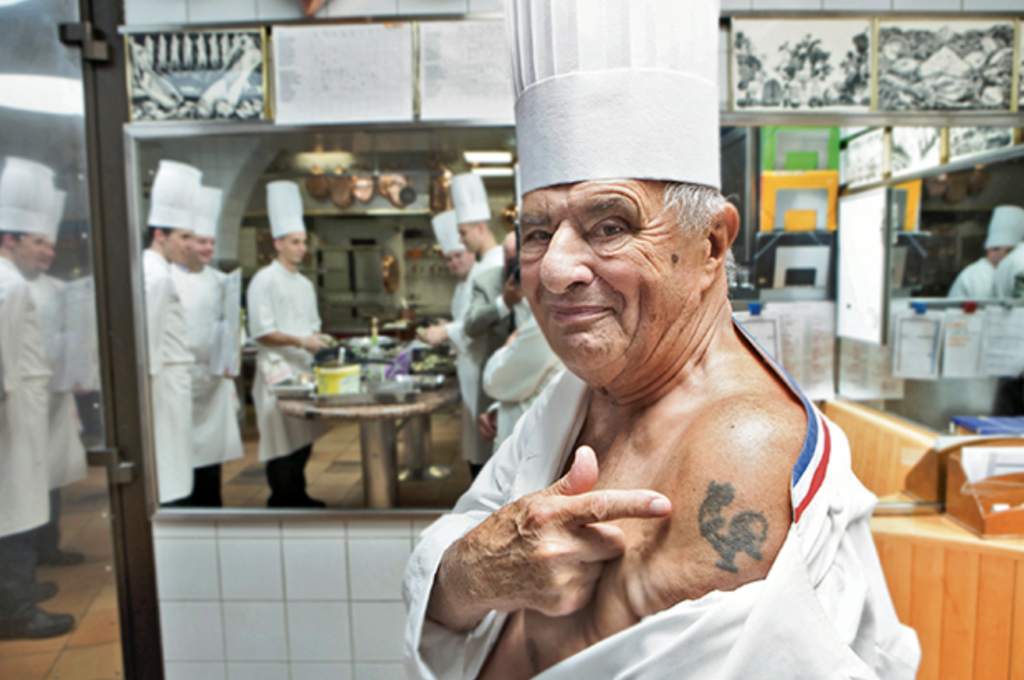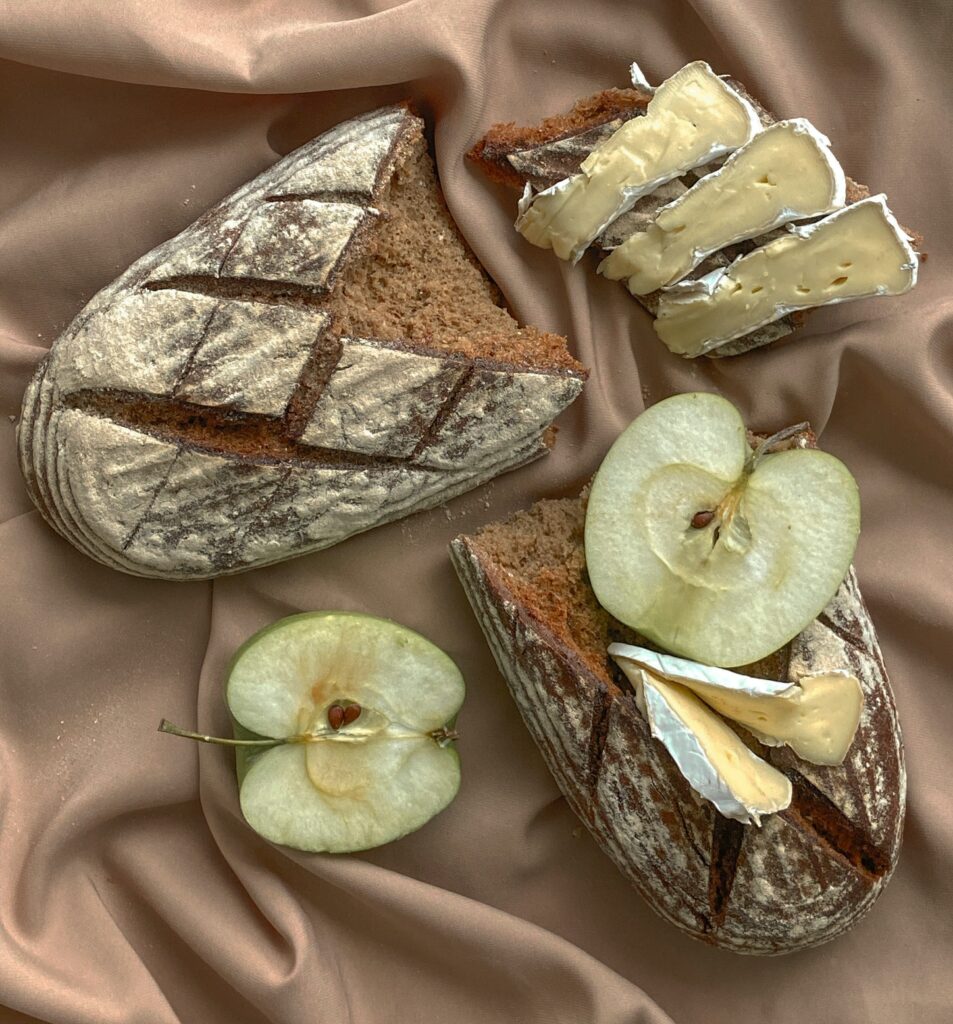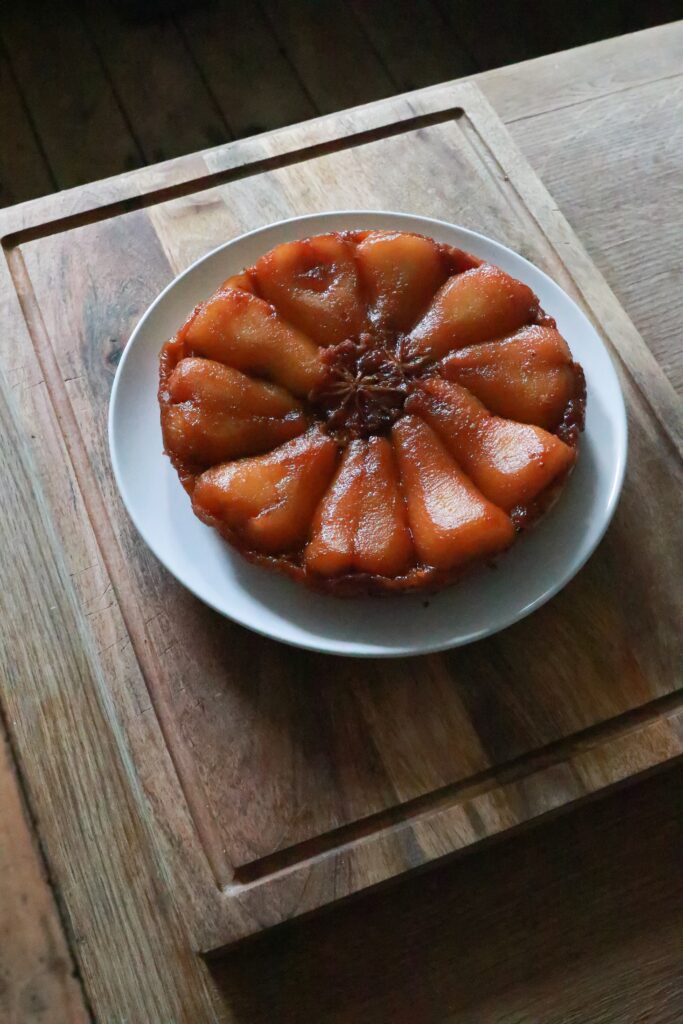As a proud French citizen, I am excited to begin my first article by delving into the rich, diverse culinary culture of France and our French Gastronomy Secrets.
France is renowned for its exquisite culinary culture, which is considered among the most sophisticated and refined in the world. French cuisine has been shaped by centuries of tradition, regional influences, and cultural exchanges, which have given rise to a diverse and vibrant culinary heritage. From the art of baking bread to the refinement of haute cuisine, French cooking is a testimony to the country’s rich history, artistic sensibility, and love of good food. In this article, we will delve into the fascinating world of French cuisine, exploring its history, traditions, and cultural significance.

A Brief History of French Cuisine: From the Gauls to Nouvelle Cuisine
French cuisine has a long and rich history that is deeply intertwined with the country’s culture, geography, and politics. From the ancient Gauls to the modern-day Michelin-starred restaurants, French cuisine has been shaped by a myriad of factors, including local traditions, foreign influences, and individual creativity.
French cuisine has its roots in ancient Gaul, a region inhabited by Celtic tribes before the Romans arrived. Gauls loved wine and meat, especially pork, which was a staple in their diet. The Roman occupation introduced new culinary techniques and ingredients like olive oil, honey, and spices, which transformed local cuisine. This led to the emergence of a more refined cuisine that blended Roman gastronomy with local traditions.
During the Middle Ages, French cuisine underwent a significant transformation, as a result of the introduction of new ingredients and the spread of Christianity. The monasteries played a critical role in the development of French cuisine, as they were the main centers of agriculture, viticulture, and gastronomy. Monks were renowned for their skill in brewing beer, making cheese, and cooking elaborate meals, which often included game meat, poultry, and fish.

One of the most iconic dishes of medieval French cuisine is the boar’s head, which was traditionally served at feasts and banquets. The boar’s head was considered a symbol of wealth and power, and was often adorned with fruits, vegetables, and spices to create a stunning visual display. Another popular dish of the time was the blancmange, a sweet almond-based pudding that was flavored with spices and rosewater.
The Renaissance period marked a new era of culinary refinement, as French cuisine began to incorporate elements of Italian, Spanish, and Flemish gastronomy. The French court became a hub of culinary experimentation, with chefs competing to create the most sumptuous and exotic dishes. One of the most famous chefs of the time was François Vatel, who worked for the Prince de Condé in the late 17th century. Vatel was renowned for his ability to create elaborate dishes and his attention to detail, but he tragically committed suicide during a banquet when he believed that the fish course had not arrived on time.
In the 18th century, French cuisine underwent another significant transformation, as a result of the Enlightenment and the rise of the bourgeoisie. The new middle class demanded lighter, more refined cuisine that emphasized the natural flavors of the ingredients. One of the most famous cookbooks of the time was La Physiologie du goût by Brillat-Savarin, which celebrated the pleasures of the table and the importance of good digestion.

During the 19th century, French cuisine continued to evolve, as new cooking techniques were developed and new ingredients were introduced. In the mid-1800s, the French chef Auguste Escoffier revolutionized French cuisine by simplifying traditional recipes and standardizing cooking methods. Escoffier’s approach to cooking emphasized the use of fresh, high-quality ingredients and the careful balancing of flavors.
Escoffier’s influence on French cuisine can still be felt today, as many of his classic dishes, such as Beef Bourguignon and Coq au Vin, remain popular. Another important figure in the evolution of French cuisine was chef Paul Bocuse, who is often credited with pioneering the nouvelle cuisine movement in the 1960s and 70s. Bocuse’s innovative approach to cooking emphasized light sauces, fresh ingredients, and artistic presentation.

In recent years, French cuisine has continued to evolve, as chefs experiment with new techniques and ingredients. Many chefs are now incorporating global flavors and techniques into their dishes, resulting in a fusion of traditional French cuisine with international influences.
Despite these changes, French cuisine remains an important part of the country’s cultural heritage. French culinary traditions are celebrated throughout the world, and French cuisine continues to be a source of inspiration for chefs and food lovers everywhere. Whether you are enjoying a classic French dish like Beef Bourguignon or experimenting with a modern fusion dish, French cuisine is sure to delight your taste buds and provide a glimpse into the rich history of this culinary tradition.
Discovering the Rich Regional Diversity of Cuisine
One region, one cuisine
One of the most notable features of French cuisine is its regional diversity. From the sunny shores of the French Riviera to the misty valleys of Normandy, each region of France boasts a distinct culinary identity that reflects its unique history, geography, and cultural traditions.
The regional diversity of French cuisine is largely due to France’s varied geography and climate. The country is home to mountains, plains, coasts, and islands, each of which has its own unique culinary resources and influences. For example, the southwest of France is known for its rich, hearty dishes that feature foie gras, duck, and other meats, while the coastal regions of Brittany and Normandy are renowned for their seafood and dairy products, such as oysters, mussels, and butter.

Beyond geography, the regional diversity of French cuisine is also shaped by history and culture. Over the centuries, each region of France has developed its own distinctive culinary traditions based on local ingredients, cooking techniques, and cultural influences. For example, the culinary traditions of the Alsace region, which borders Germany, are heavily influenced by German cuisine, featuring sausages, sauerkraut, and beer, while the cuisine of Provence is characterized by its use of fragrant herbs such as thyme, rosemary, and lavender.
Regional cuisine
In addition to their unique culinary identities, each region of France also has its own specialties and famous dishes. Some of the most well-known French regional specialties include:
- Bouillabaisse: a seafood soup from Marseille, made with fish, shellfish, and a fragrant broth of vegetables and herbs.
- Coq au vin: a classic Burgundian dish made with chicken cooked in red wine, bacon, mushrooms, and garlic.
- Tarte Tatin: a caramelized upside-down apple tart from the Loire Valley.
- Cassoulet: a hearty stew from the southwest of France made with white beans, sausage, and duck or pork.

Overall, the regional diversity of French cuisine is a testament to the country’s rich history and cultural heritage. Whether you’re enjoying a buttery croissant in Paris or a bowl of bouillabaisse in Marseille, the flavors and traditions of French cuisine are sure to transport you to a world of culinary delights.
Conclusion:
French cuisine is a testament to the country’s rich history, artistic sensibility, and love of good food. Its evolution has been shaped by centuries of tradition, cultural exchange, and regional diversity, which have given rise to a vibrant and sophisticated culinary culture. From the rustic simplicity of the bistro to the refinement of haute cuisine. French gastronomy secrets offer a wealth of flavors, techniques, and traditions that continue to inspire chefs and food lovers around the world.
In upcoming articles, I will dive deeper into the various culinary specialties that France has to offer. (Oui oui Baguette!)

[…] are a classic French pastry that have become popular all over the world. These flaky, buttery delights are a staple of […]